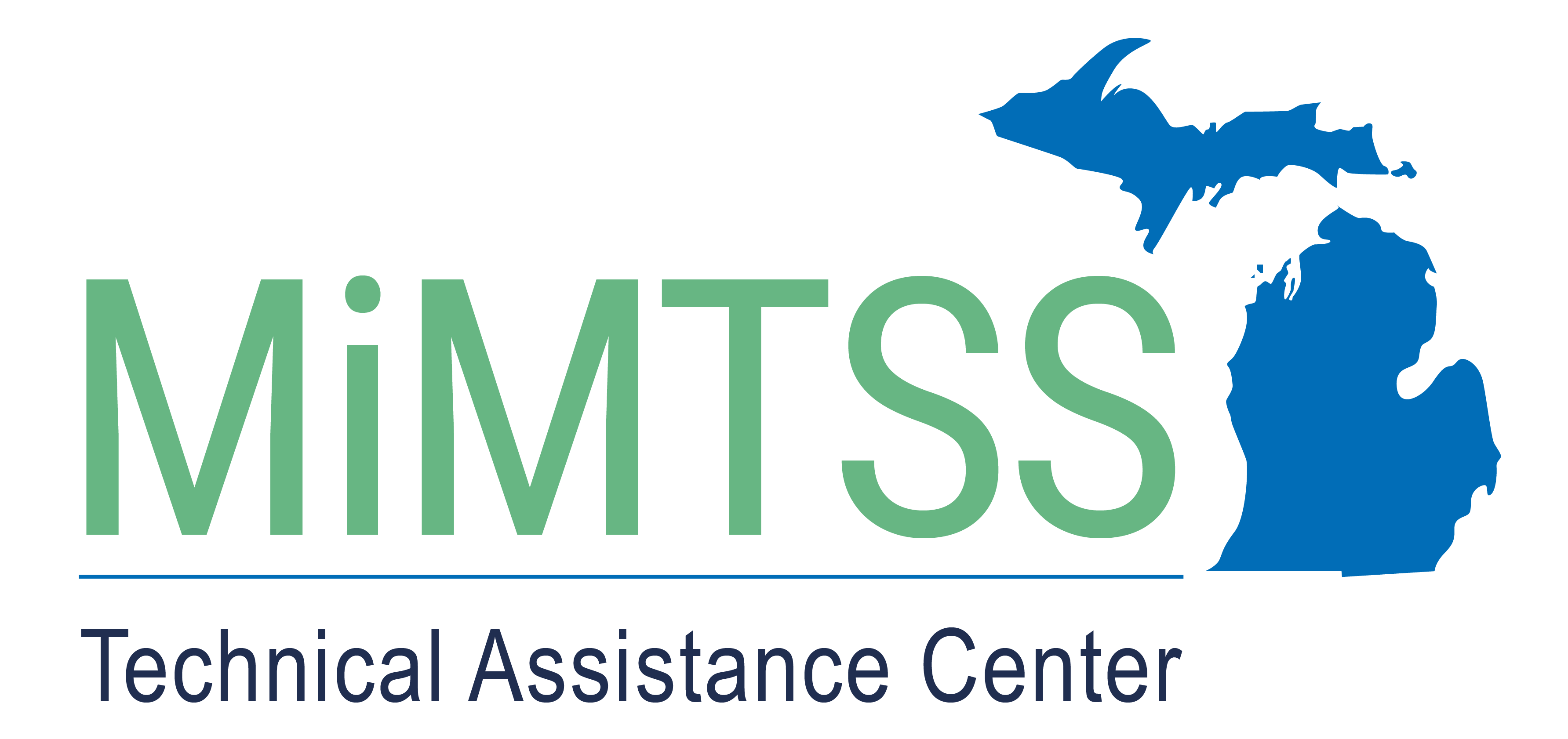The infographic is an evaluation report for the MiMTSS Social, Emotional, Behavioral (SEB) Symposium. It includes the following sections:
Objectives
- Understand current research and issues in social, emotional, and behavioral health.
- Learn strategies for improvement.
- Present effective models of SEB instruction.
- Expand knowledge on applying practices in different contexts.
- Gain new skills relevant to one's role.
Topics & Speakers
Early Childhood Focus (Day 1)
- Equity in Early Childhood Settings - Dr. Elizabeth Steed
- The Power of Peers - Ted Bovey
- Pyramid Model Implementation (EC-PBIS) - Denise Binder
- Inclusion in Early Childhood - Dr. Amy Matthews & Stephanie Dyer
K-12 Focus (Day 2)
- Culturally Responsive Practices - Dr. Ambra Green
- Equitable Family-School Partnerships - Dr. Clynita Grafenreed
- Supporting Students with Disabilities - Dr. Bob Putnam
- Attendance and Chronic Absenteeism - Dr. Emma Herdean
Participants
- Day 1 (Early Childhood): 214 attendees
- Day 2 (K-12): 110 attendees
Participant Reach
- Intermediate School Districts (ISDs): 70% (39 ISDs)
- Districts: 7% (11 LEAs), 2% (2 PSAs)
Attendee Interview Example
- Day 1 Early Childhood
- Educator: Angela Colaluca
- Role: EC Consultant
- Org: Wayne RESA
- Video: https://tinyurl.com/SEBVideolnterview
- Image:
- MTSS Exchange: Knowledge-Into-Action: What advice would you give to fellow educators who are seeking to translate knowledge into action? “"Be creative, don't be afraid to try new things. Once you learn, get out into the classroom and have fun with your students."
Quality, Usefulness, and Relevance
- Evaluation Questions:
- Please rate the quality of the session.
- Please rate the usefulness of the content.
- Please rate the relevance of the provided tools and resources.
- Feedback: Attendees rated the quality, usefulness, and relevance of all sessions above 90%
Acknowledgments
- Questions: Please provide acknowledgements below.
- Open-ended responses
- The quote was chosen by applying sentiment analysis and pulling the top positive sentiments.
- Example Feedback: “She was outstanding! The best and most interesting part of the day. Personality, delivery, and content kept us engaged the whole time.”
Suggestions
- Questions: Please provide suggestions below.
- Open-ended responses
- The quote was chosen by applying sentiment analysis and pulling the top negative sentiments.
- Example Feedback: “Did not leave with clear guidance around the topic.”
Continued Learning
- Questions: What more would you like to learn about this topic?
- Open-ended responses
- Labels were applied across responses using a transformer model
- Feedback: Included topics such as More Strategies, Provide Coaching, Data Use, Deeper Learning, Understand History, and Explore Resources.
